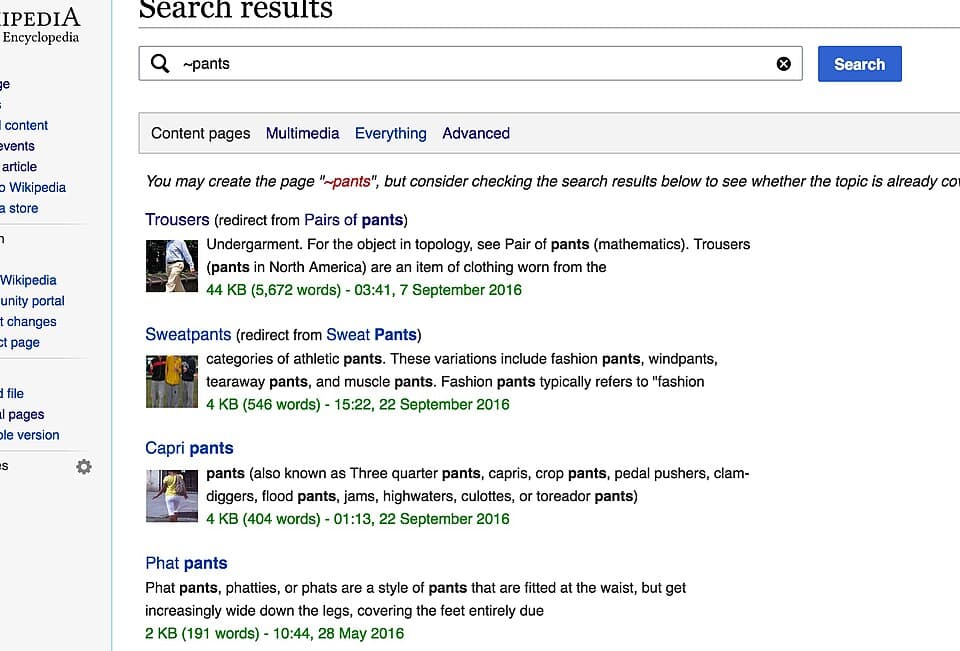Article summary
It’s an exciting time for AI research and development, as it starts to affect all areas of our lives. One interesting use for AI that I feel doesn’t get enough coverage is how it’s about to change the way we design the user interfaces (UIs) for our web applications. A lot of common features we’ve come to expect when building a site may change soon.
Besides the power of being able to actually have an intelligent conversation with a computer, users all over the world are being trained to use websites in a whole new way. Once users are comfortable using ChatGPT or Gemini with their chat interfaces, we’ll see those same kinds of interfaces in all sorts of ways in our web apps. I think it will be similar to how mobile devices trained us to use touch interfaces.
Here are my favorite trends and ideas. All of these already exist in one way or another out there, but deserve more adoption.
Search and Filtering
Search and filtering are ubiquitous parts of pretty much all websites, from Netflix to Craigslist. But it’s clearly already changed with the advent of RAG (Retrieval-Augmented Generation), and many web apps have already adopted semantic search (where a query is matched by its meaning, not by its keywords). But we can go even further, and transition from semantic search to fully personalized curation.
Most AI-forward companies are already doing this (Perplexity, Google’s AI mode, etc), but it is already possible to integrate even into our most humble search interfaces. Why search at all when you can have a conversation with a web app about what you want?
Describe the product you want, give feedback about the results, and have it maintain a context about your preferences across the entire browsing session. For example, don’t search for “shoes for walking.” Instead, you might want to ask, “What are some good shoes for walking around in a Chicago winter?” The web app could provide options for warm, comfortable, and waterproof shoes that have positive reviews by users from colder climates. It would be hard to integrate those kinds of hyper-specific filters into the UI without overwhelming the user. However, you can give much more filtering and searching capability to an AI agent.
Long Forms
We gather data via forms in one way or another, which can get pretty tedious. It’s always been tricky to collect enough information from a user to let them use your app without burdening them with a tremendous amount of typing and clicking. Imagine if a site like Evite had a conversation with you where you described your event, and it asked you the right questions.
Instead of clicking around, you could say, “I’m having a birthday party for my son at the Jumpy Palace on Roosevelt Road.” Based on context, it could start filling out what the invitation would look like, including the cover image. It might even suggest who to invite based on previous birthday parties. Imagine that your screen splits in two. On the left would be a conversation, and on the right would be the invite that you’re building together with the agent.
An even higher-stakes example might be a web application for filling out the forms you get in a doctor’s office. They’re often long and sometimes a little confusing. We all kind of fumble through these in the doctor’s office. And, sadly, they’re rarely even web forms, so this would be a huge step. But, what if patients could walk through the form with an agent who has context for all the questions asked? Health outcomes would no doubt be improved, and insurance issues could be minimized.
Notification Emails
We get tons of notification emails from websites these days. Emails about tickets or shipping, and emails confirming our logins. And they all come from an email address that we’ve been trained not to reply to (it’s even often named no-reply@wherever).
But it doesn’t have to be this way anymore? What if you could reply to an email about your tickets? You could ask, “How much does the parking cost at the venue?” Or, “I can’t make it, can I get a refund?” What if those standard “drip emails” were really a personal conversation? Emails could reflect some real context about who you are and what you like. In its best form, it could feel like you have an actual relationship with a business that sees you as a person instead of a number in a big marketing funnel.
The Future of UI
Okay, but why have anything but a chat interface? Isn’t the future just a single super-intelligent, all-knowing hive mind of AI agents that we communicate with using our thoughts or something like that? Honestly, I can’t say for sure. But I think it’s important to keep in mind that humans don’t go around talking to get things done, even in our heads.
We often interact with the world by manipulating it and observing the effects of our actions. Picking up a hammer and hitting a nail is probably less cognitive effort than saying, “Pick up hammer and hit that nail,” especially if you have to do it a hundred times a day. Or, even funnier, picture riding a bike where you are talking yourself through every turn and balance adjustment. I imagine web UIs will also go two ways here. Some aspects of an interaction are easier through conversation (looking at you, date/time pickers), and some aspects are easier by direct manipulation of the interface (say, zooming and panning a map around when browsing).


I love your point about how picking up a hammer and hitting a nail, or adjusting your balance on a bike, is easier than verbally saying it! I’ve never heard that perspective, but it’s so true – conversation with AI can’t replace everything. It’s so interesting to watch this unfold.